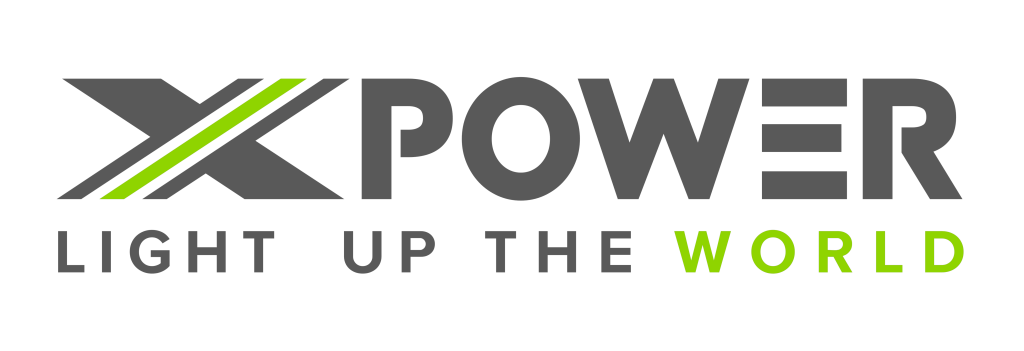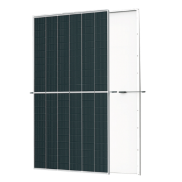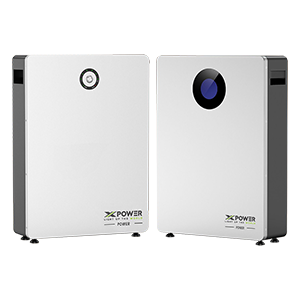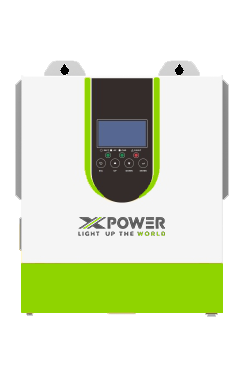Solar Modules: Your Simple Guide to Types, Benefits, and Why They Matter
Time of Release : 2025-03-11
Solar modules, commonly known as solar panels, have become a popular choice for generating clean, renewable energy. As the demand for sustainable energy solutions rises, understanding the types, benefits, and applications of solar modules is essential for homeowners and businesses alike. In this comprehensive guide, we’ll cover everything you need to know about solar modules to help you make an informed decision.

What Are Solar Modules? Understanding the Basics
Solar modules are devices that convert sunlight into electricity through the photovoltaic effect. A typical solar module is made up of multiple solar cells, which work together to harness solar energy. Solar panels play a crucial role in the renewable energy sector by providing an eco-friendly, sustainable alternative to fossil fuels.
Benefits of Solar Modules in Renewable Energy
Solar modules offer a variety of benefits, making them an attractive choice for both residential and commercial applications:
- Cost Savings: Solar panels can significantly reduce your electricity bills by generating free electricity from sunlight.
- Sustainability: Solar modules contribute to the reduction of greenhouse gas emissions, helping to combat climate change.
- Energy Independence: Installing solar modules allows you to generate your own energy, reducing your reliance on the grid.
- Low Maintenance: Solar panels are durable and require minimal maintenance, making them a long-term investment.
- Increased Property Value: Homes with solar panels are often valued higher due to their energy-saving potential.
Types of Solar Modules: Monocrystalline, Polycrystalline, and Thin-Film
When it comes to choosing solar modules, it’s important to understand the different types available. The three most common types are monocrystalline, polycrystalline, and thin-film solar panels. Each type has its own advantages, making them suitable for different applications.
1. Monocrystalline Solar Modules: High Efficiency and Longevity
Monocrystalline solar panels are made from a single crystal structure, which allows for higher energy efficiency (18-22%) and better performance in low-light conditions. They are typically more expensive but last longer (up to 30 years) and offer superior efficiency.
- Pros: High efficiency, long lifespan, sleek design.
- Cons: Higher initial cost compared to other types.

2. Polycrystalline Solar Modules: Cost-Effective and Reliable
Polycrystalline solar panels are made from multiple crystal structures, making them more affordable than monocrystalline panels. While they offer slightly lower efficiency (15-17%), they are still a reliable option for larger installations where cost is a major consideration.
- Pros: Lower cost, reliable performance.
- Cons: Lower efficiency, larger footprint required for the same power output.

3. Thin-Film Solar Modules: Lightweight and Flexible
Thin-film solar panels are made by layering photovoltaic materials onto a thin substrate, which makes them lightweight and flexible. These panels are less efficient (10-12%) than monocrystalline and polycrystalline panels, but they can be useful for specific applications, such as building-integrated photovoltaics or large-scale installations where space is not a constraint.
- Pros: Lightweight, flexible, lower initial cost.
- Cons: Low efficiency, shorter lifespan compared to crystalline panels.

How to Choose the Right Solar Module for Your Needs
Choosing the right crystalline silicon solar module depends on a variety of factors, including your energy needs, budget, and available space. Here are some tips to help you decide:
- Consider Your Energy Requirements: If you need high efficiency and have limited roof space, monocrystalline solar panels might be the best choice. For larger areas or a more budget-conscious approach, polycrystalline or thin-film panels could be more suitable.
- Think About Your Budget: Monocrystalline panels are the most efficient but also the most expensive. If you’re looking for a more affordable option, polycrystalline and thin-film panels offer good performance at a lower price.
- Evaluate Installation Space: If you have limited roof space, choosing more efficient monocrystalline panels will allow you to generate more power per square meter.
- Lifespan and Warranty: Check the warranty and expected lifespan of the panels. Most solar modules come with warranties ranging from 20 to 30 years.
Solar Modules and the Future of Renewable Energy
In conclusion, solar modules are an excellent investment for anyone looking to reduce their carbon footprint and save on energy costs. With various types of solar panels available, it’s important to choose the one that fits your needs and budget. Whether you opt for monocrystalline, polycrystalline, or thin-film solar panels, investing in solar energy is a step toward a more sustainable future.
Frequently Asked Questions (FAQs)
1. What is the most efficient type of solar panel?
Monocrystalline solar panels are the most efficient, with efficiency rates of 18-22%, making them ideal for small spaces.
2. How long do solar panels last?
Most solar panels last between 25 and 30 years, with many manufacturers offering warranties for up to 25 years.
3. Are thin-film solar panels a good option for residential use?
While thin-film solar panels are more affordable, they have lower efficiency and may not be ideal for residential applications unless you have plenty of roof space.
Ready to make the switch to solar energy? Contact us today to get a free consultation and discover how efficiency solar modules can help you save on energy costs while contributing to a greener planet.





